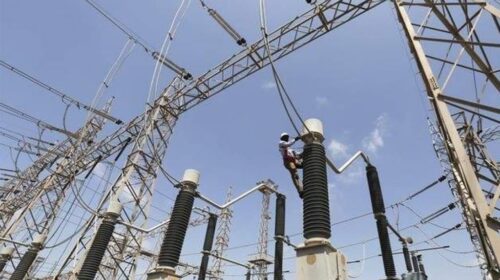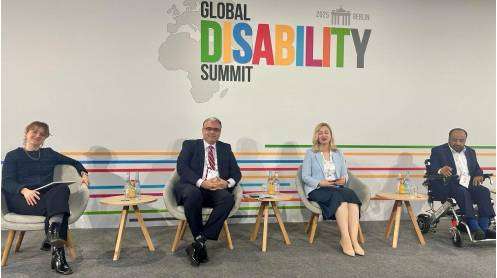The country’s energy sector circular debt has increased by 120 percent to Rs 2.419 trillion on October 31, 2021 as compared to Rs 1.100 trillion when Prime Minister Imran Khan-led Pakistan Tehreek-e-Insaf (PTI) took over the government in August 2018 despite over 50 increase in base tariff, including Rs 3.34 per unit this year, due to inefficiencies, well-informed sources told Business Recorder.
Another average increase of Rs 0.63 per unit in base tariff is in the offing on the basis of tariff petitions filed by the Distribution Companies (Discos). Nepra has already started public hearings of Discos petitions.
In May 2022, an increase of Rs 1.50 per unit is also expected on account of new power plants coming on board which are currently in the pipeline. The increase in monthly FCAs and Quarterly Tariff Adjustments (QTAs) are over and above the raise in base tariff.
According to the document submitted to the Cabinet Committee on Energy (CCoE) on December 2, 2021, total circular debt stood at Rs 2.419 trillion in July-October 2021 as compared to Rs 2.310 trillion during the same period of 2020-21. However, growth in circular debt has declined to Rs 139 billion during July-October 2021-22 as compared to Rs 159 billion in the corresponding period of 2020-21.
Of the total amount of Rs 2.419 trillion, Rs 1.420 trillion relates to power producers as compared to Rs 1.216 trillion during the same period last year. Reduction of Rs 6 billion has been witnessed in Gencos payables to fuel suppliers, ie, Rs 91 billion as compared to Rs 97 billion in the corresponding period of the previous year. Likewise, Rs 88 billion decline has been witnessed – from Rs 996 billion in stock of Power Holding Limited (PHL) to Rs 908 billion.
The stock of unpaid subsidies has reduced by Rs 71 billion to Rs 2 billion from Rs 73 billion during the first four months of current fiscal year. However, the volume of unbudgeted subsidy touched Rs 33 billion during this period – from Rs 10 billion in the same period last fiscal year, posting 230 per cent growth.
The documents further show that IPPs interest charges on delayed payments remained at Rs 47 billion, against Rs 30 billion in comparable period last year, posting a growth of 57 per cent.
The government has cleared over Rs 200 billion of the IPPs established under pre-1994 policy, 1994 policy and 2015 last week. However, payments approved for the IPPs established under Power Policy 2002 have not yet been made despite the fact that the Cabinet approved the proposal.
The volume of non-payment by K-Electric has reached Rs 133 billion during the first four months of current fiscal compared to Rs 90 billion during the corresponding period of last year, posting a growth about 50 percent.
The amount of Discos inefficiency was recorded at Rs 49 billion in the first four months of current fiscal year against Rs 18 billion in the same period last year, showing an increase of 172 percent.
According to the Power Division, Discos recoveries remained at Rs 64 billion during the first four months of current fiscal year from Rs 36 billion in the comparable period of last year, showing a growth of 78 percent.
The other adjustment was in QTA – negative Rs 222 billion during this period from Rs 142 billion in the corresponding period of previous fiscal. The unbudgeted subsidy including AJK and KE is around Rs 75 billion (AJK Rs 46 and KE Rs 29 billion). An amount of Rs 292 billion is receivable from KE as on June 2021 due to subsidy dispute between KE and GoP.
The PHL and IPPs stock also reflected projected adjustment/payment through federal budget: (i) repayment of Rs 130 billion PHL debt; and (ii) the settlement of outstanding arrears of Rs 427 billion to IPPs in FY 22.
According to the Power Division, circular debt flow projection is based on Circular Debt Management Plan (CDMP) which is under process of adjustments and approvals. Any changes in CDMP could be reflected in the next month’s circular debt flow projections.







